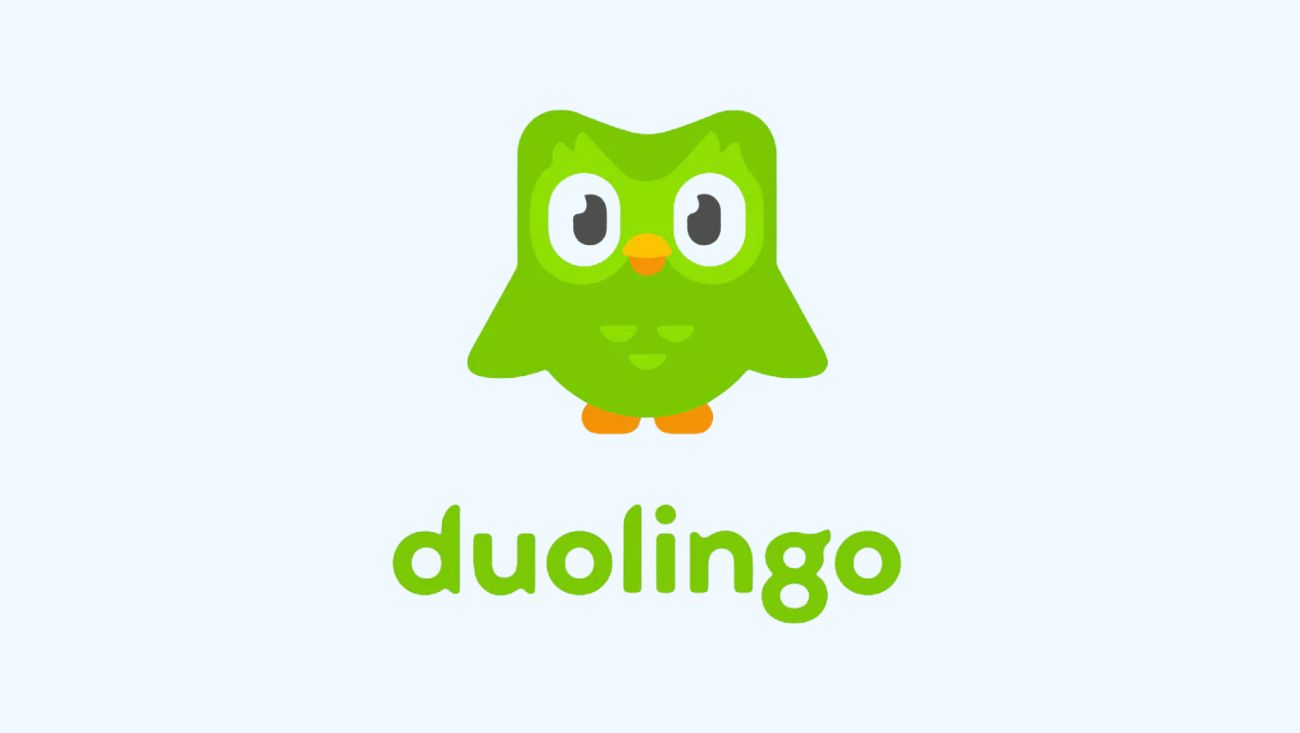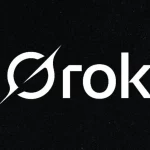April 29, 2025 – Duolingo, the leading language-learning app, has announced a major shift to an “AI-first” strategy, prioritizing automation over human contractors to streamline operations and accelerate content creation. CEO Luis von Ahn shared the news in a memo to employees, outlining a vision to integrate AI-driven solutions across all functions, from hiring to lesson development. As AI continues to reshape the digital education landscape, Duolingo’s move highlights both the potential and the challenges of automation in the tech industry.
Von Ahn’s memo detailed five core principles for the AI-first approach: replacing contractors with AI where feasible, factoring AI usage into hiring and performance reviews, limiting headcount growth unless teams automate more, and redefining workflows with AI initiatives. A report from The Verge noted that Duolingo has already reduced contractor roles in the past, cutting 10% of its contractors in 2023 after adopting AI to generate lesson content. While full-time employees will not be affected, the shift underscores Duolingo’s focus on scaling its offerings—like language, math, music, and chess courses—through automation technologies, a move aimed at meeting the needs of its 116.7 million monthly active users.
The AI-first strategy is a response to the growing demand for Duolingo’s services, which have expanded significantly since 2021, when the company had 40.5 million monthly active users. A Business Insider article quoted von Ahn saying, “AI allows us to scale content to more learners in a fraction of the time—it would take decades otherwise.” By automating tasks such as lesson design and content generation, Duolingo aims to deliver new courses faster, a critical factor for maintaining its competitive edge in the edtech market. However, the decision to phase out contractors has raised concerns about job displacement, particularly for those who have contributed to Duolingo’s diverse language programs.
Key Aspects of Duolingo’s AI-First Shift
Here’s a summary of Duolingo’s new strategy:
- Contractor Replacement: AI will take over tasks previously handled by contractors, such as content creation.
- Hiring and Evaluations: AI usage will be a criterion in hiring decisions and performance reviews.
- Headcount Control: Teams must increase automation before expanding staff.
- Workflow Redefinition: All operations will incorporate AI-driven processes.
Duolingo has been leveraging AI for years, with features like AI-generated lesson sentences and a video call function that lets users practice languages with mascots via machine learning. It was reported that the company even used an AI chatbot named Lily to kick off an earnings call, showcasing its commitment to automation. The latest strategy, however, formalizes AI’s role across the organization, aiming to streamline content production and reduce reliance on human contractors. This aligns with Duolingo’s goal of rapid expansion, as evidenced by its stock rising 68% over the past year, driven by growth in premium tiers and new course offerings.
The shift to an AI-first model has sparked debate about its implications for the workforce. While automation enables Duolingo to scale efficiently, it also means fewer opportunities for contractors, many of whom worked on less popular language courses. It was reported that previous layoffs in 2023 and 2024 affected contractors without offering them alternative roles, despite efforts to reassign some. This trend is not unique to Duolingo—other tech companies, like Shopify and Uber, have also prioritized AI, with Uber’s CEO emphasizing AI training for employees. However, the displacement of contractors highlights a broader tension between technological innovation and workforce stability, a challenge seen across the tech sector.
Duolingo’s AI-first strategy reflects a growing reliance on AI to drive efficiency in the tech industry. By automating repetitive tasks, the company can focus on innovation, delivering new content to learners worldwide at a faster pace. It was reported that this approach could help Duolingo expand into new subjects and markets, potentially reaching even more users in the coming years. However, the ethical implications of replacing human workers with AI remain a concern, particularly for contractors who lack the protections of full-time staff, a topic also relevant in other tech-driven sectors facing similar transitions.
The move to an AI-first model positions Duolingo as a leader in leveraging automation for education, but it also underscores the need for balance between innovation and responsibility. As the company continues to grow, its ability to address workforce concerns while scaling its offerings will be crucial. The coming years will reveal whether Duolingo’s AI-first strategy can sustain its momentum without alienating the human talent that helped build its success. What’s your take on Duolingo’s shift to AI-first operations? Does the promise of faster content delivery outweigh the impact on contractors? Share your thoughts in the comments, and let’s explore the future of AI in education.







